Although the Belarusian national flag was apparently unknown to most Swiss until recently, its colours are immediately familiar because they are identical to the Swiss flag: White and Red. In general, this vivid combination is extremely common in European heraldry, and Eastern Europe is no exception. In past centuries, the silver horseman on the red field – the coat of arms of Pahonia – was a symbol of the Grand Duchy of Lithuania, which also included the Belarusian lands. The same colour combination is also found in the coat of arms of the neighbouring Kingdom of Poland. As a result, the region saw many different white and red flags at different times – and with stripes and arms, as well as the so-called flag of St. George – a red cross in a white field.
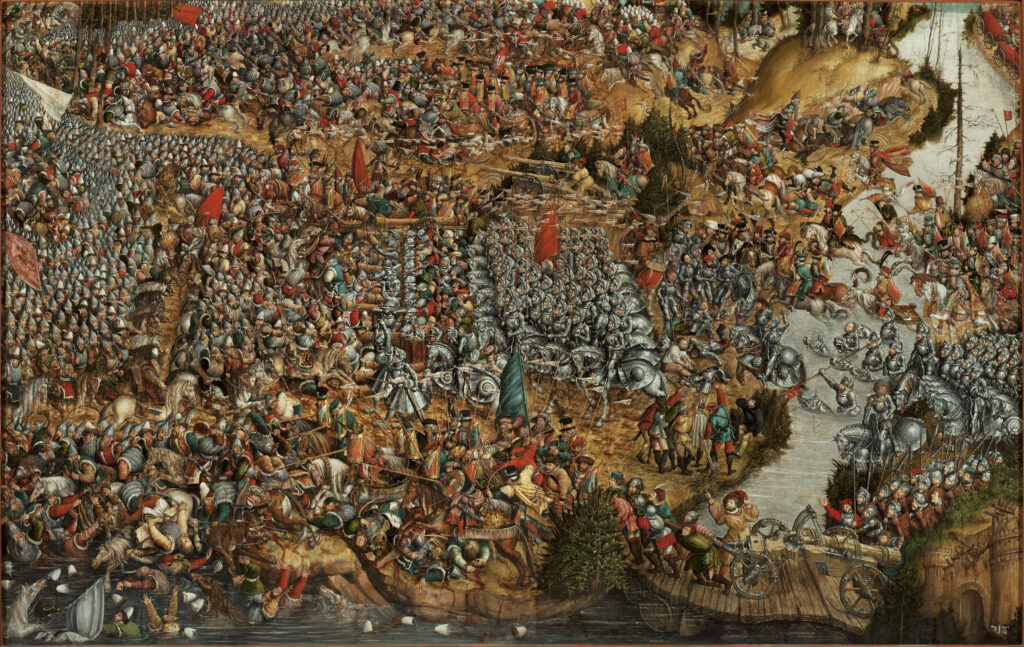
Therefore, it is not surprising that about a century ago, when the Belarusian movement intensified, the same two colours were chosen as a symbol. Folk embroidery may also have contributed to the popularity of this combination. The designs of the new flag were made by Claudius Duzh-Dushevsky. He liked one of the proposed variants, and by the end of 1917, when the first All-Belarusian Congress was held, the white-red-white flag had no rival as the symbol of Belarusians.
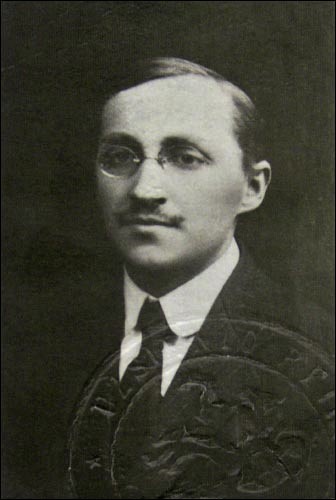
The following year, 1918, it became the state flag of the newly proclaimed Belarusian People’s Republic.
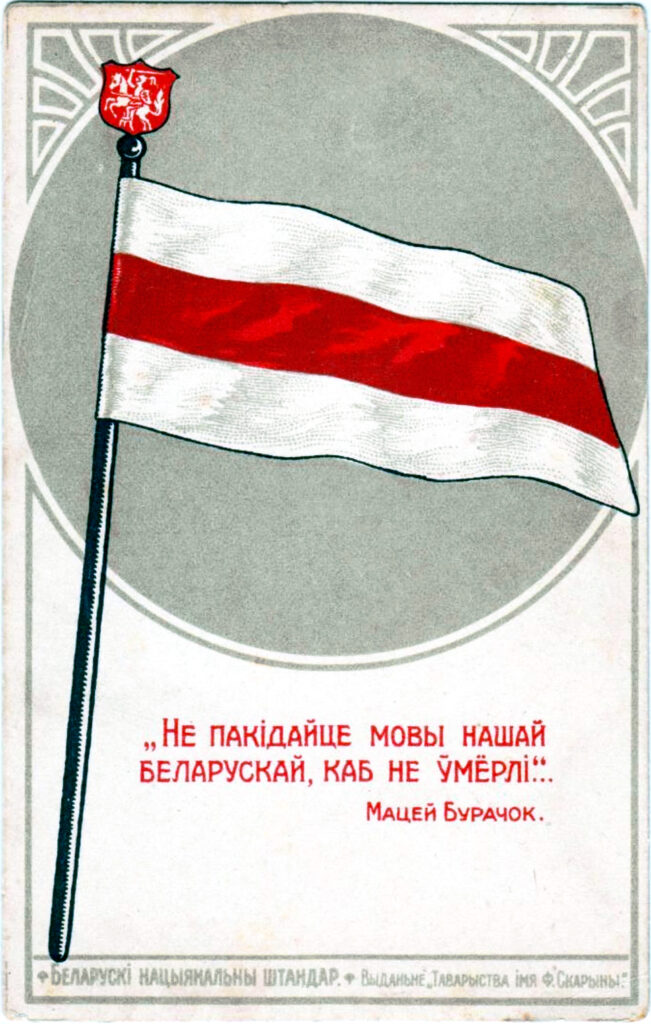
The idea of a new republic did not find friendship with its stronger neighbours, so a separate Belarusian state could not be fixed on the map and the Belarusian lands were soon divided between Poland and the Soviet Union. In both states, the white-red-white flag was not forgotten. For the Republic of Belarus, the Soviet Union offered a version of the coat of arms based on a white-red-white flag – but without success. In Poland, the flag was used by all Belarusian political parties, from Christian Democrats to Communists to Belarusian schools, until 1939, when the Soviet Union conquered these territories.
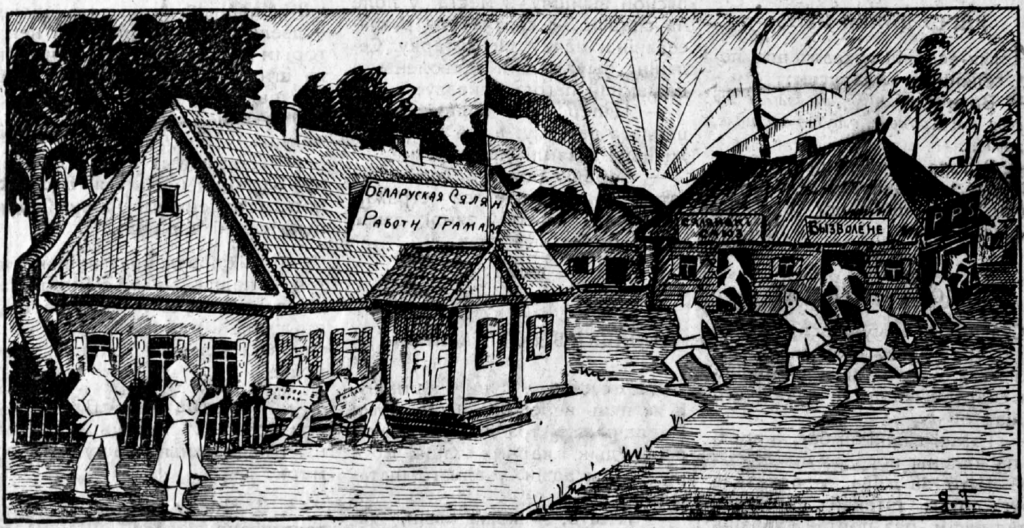
During the Second World War, the Belarusian flag – like many other European flags – was used by local collaborators. This relatively short episode is actively used by the Lukashenko regime’s propaganda to associate the flag with extremist views. At the same time, it is apparently ignored that the same claim can be made for many modern state flags, from the French to the Russian. It is also worth mentioning that Claudius Duzh-Dushevsky, the creator of the white-red-white flag, was put in a concentration camp during the war for helping the Jews and could be suspected of sympathising with the Nazis less than anyone else.
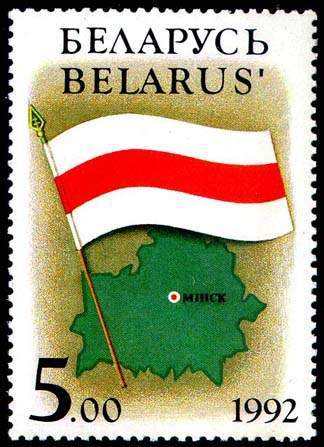
In the post-war period, Soviet symbols dominated public space for a long time. In the 1980s, as ideological control in the Soviet Union weakened, the white-red-white flag – like everything to do with the Belarusian People’s Republic – rapidly gained popularity among new cultural and political organisations. In 1991, when Belarus gained independence, the national flag became the state flag. A few years later, with Lukashenko coming to power, the situation we see today has developed: the return of the state to Soviet symbols and the aggressive pursuit of any alternative. In a way, it was the years of persecution that made the white-red-white flag an ideal symbol for protests in 2020 and made it desirable to return it to state buildings.


